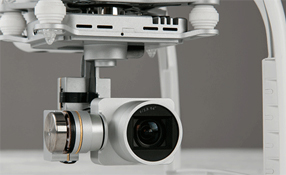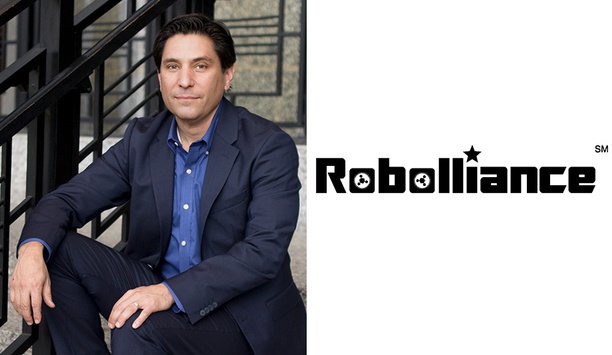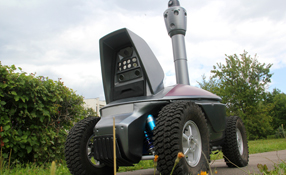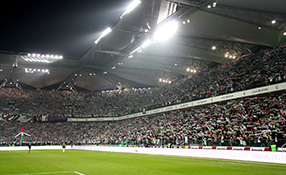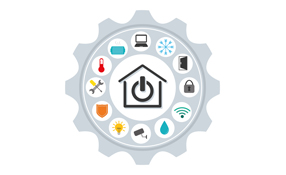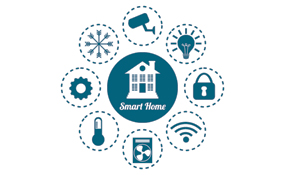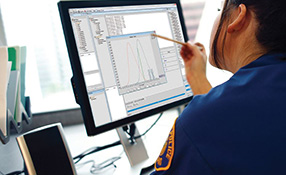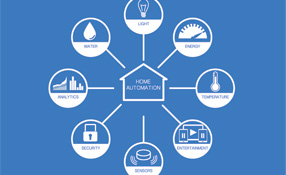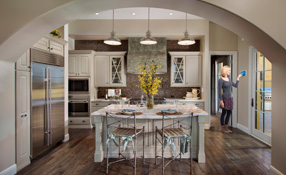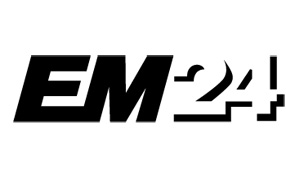As the home automation industry has expanded with an ever growing number of devices and services, companies are placing bets on which wireless protocols will dominate. The past few years the leaders have been Z-Wave and ZigBee. Companies are also using a variety of other standards including Crestron’s Infinet, Insteon, and proprietary technologies such as Lutron’s ClearConnect.
Next-Generation Protocols: Bluetooth And Wi-Fi
“Right now companies are releasing really interesting and cool products, but they typically operate within a proprietary ecosystem”, says Rawlson O’Neil King, Communications Director of the CABA |
A few players have also started looking at Bluetooth and Wi-Fi now that low-power variations of these standards are being developed.
Some companies have sought to hedge their bets out of a desire to be more ‘manufacturer agnostic.’
“We maintain interoperability with devices that use all of the major forms of control protocol,” says Brad Hintze, Director of Product Marketing for Control4. These include: Wired IP, Wi-Fi, Zigbee, Z-Wave (through third party converter), Bluetooth, Infrared, RS232 (serial) among others.
“Being able to work with all of these protocols and their various associated devices, has given us the benefit of widespread adoption amongst over 180,000 homes globally,” he explains. “In addition this is what also maintains the ‘scalability’ of our system, meaning you can get started with a couple of devices in one-room like your entertainment room (using infrared control), but then adapt to future needs with other devices working on newer, more versatile control protocols like Wi-Fi and Zigbee.”
“You can get started with a couple of devices in one-room like your entertainment room (using infrared control), but then adapt to future needs with other devices working on newer, more versatile control protocols like Wi-Fi and Zigbee”, says Brad Hintze, Director of Product Marketing for Control4 |
ZigBee And Z-Wave
The popular ZigBee and Z-Wave short-range wireless technologies have proven ideal for the kinds of home-area networks that are becoming prevalent.
Based on the IEEE’s 802.15.4 personal-area network radio standard, ZigBee is an open wireless standard.
Z-Wave was developed by Zensys (later acquired by Sigma Designs) as a proprietary wireless standard. It’s estimated that more than 500 consumer home control products are sold at Home Depot and Lowes.
Rob Puric, Director of Product Management for Honeywell’s Connected Home solution, says “We chose Z-Wave because of the number of manufacturers that were developing products that were based on this protocol. Because it is a mesh network, the more devices that are added in the home the better the connectivity.”
Z-Wave’s wireless mesh networking technology allows nodes to communicate with each other directly or indirectly through available relays if they’re within range. Out of range nodes can link with each other to access and exchange information. A Z-Wave network can have up to 232 nodes.
At present the industry is locked in a struggle to determine which standards and protocols will become the dominate choice for companies with offerings in the home automation space |
Promoting Interoperability
“We’re at the early days of the deployment of these technologies and their popularity,” explains Rawlson O’Neil King, Communications Director of the Continental Automated Buildings Association (CABA). “So right now there are a number of different vendors who are emerging and obviously the vendors want you be locked into their particular product ecosystem.”
Associations such as CABA are pushing for interoperability so that all devices can work together.
“Right now companies are releasing really interesting and cool products, but they typically operate within a proprietary ecosystem,” explains King. “That causes an issue when the goal of a lot of consumers is to have one single app on their phone that allows them to control all of their appliances or their lighting or their heating or their air condition.”
Discovering Dominant Network
At present the industry is locked in a struggle to determine which standards and protocols will become the dominate choice for companies with offerings in the home automation space.
“Consumers want products that work,” says King. “The reality is a lot of the companies, their technical staff and management are embracing a particular technology in almost an ideological way. The dominate standards and protocols will ultimately have be addressable by most devices on some level.”




